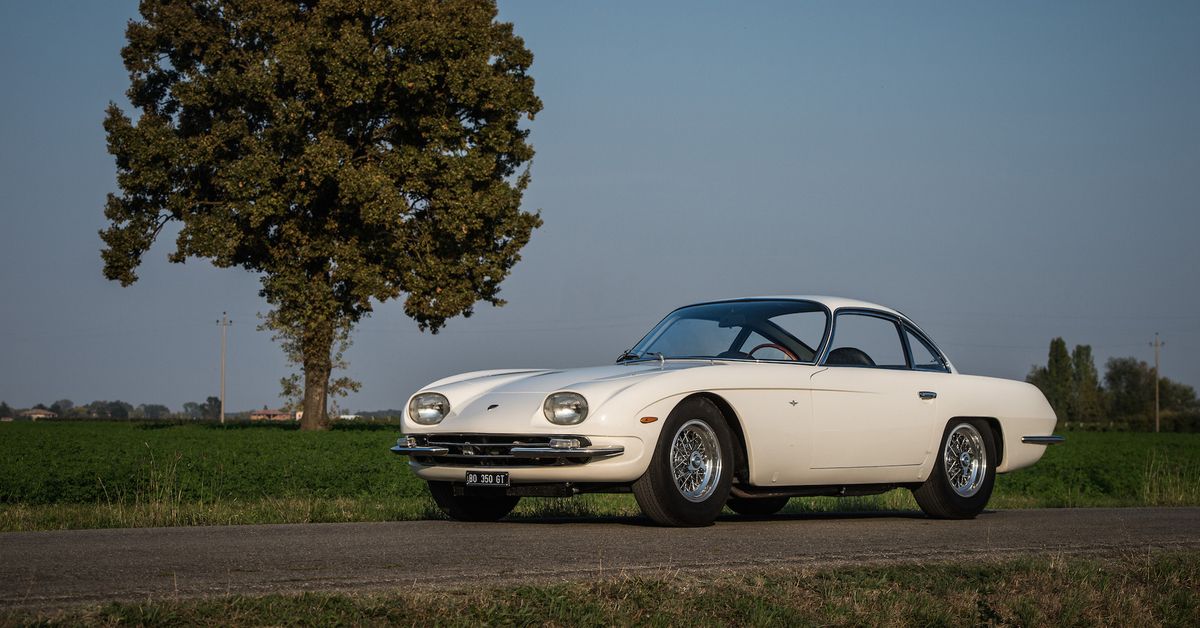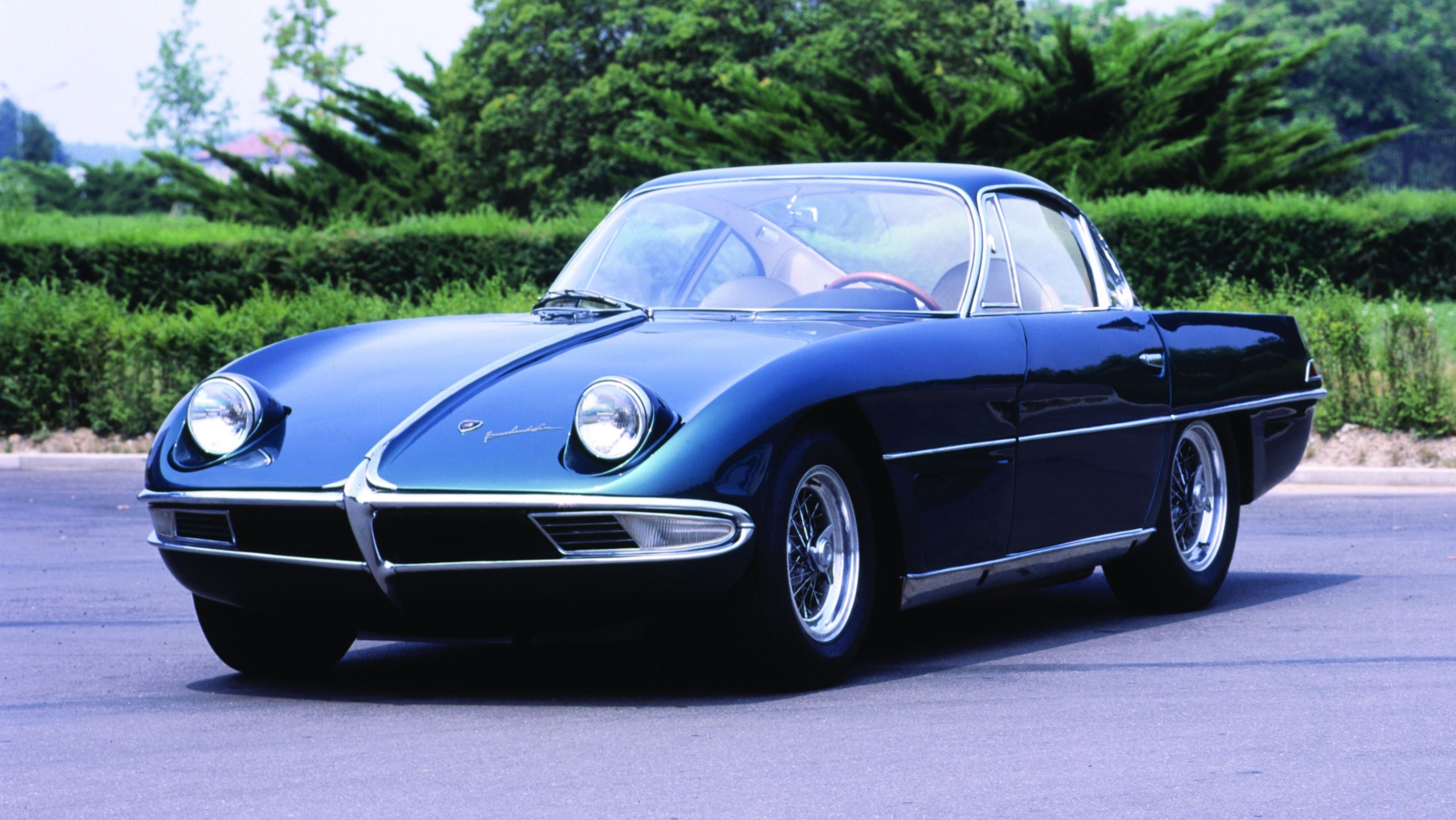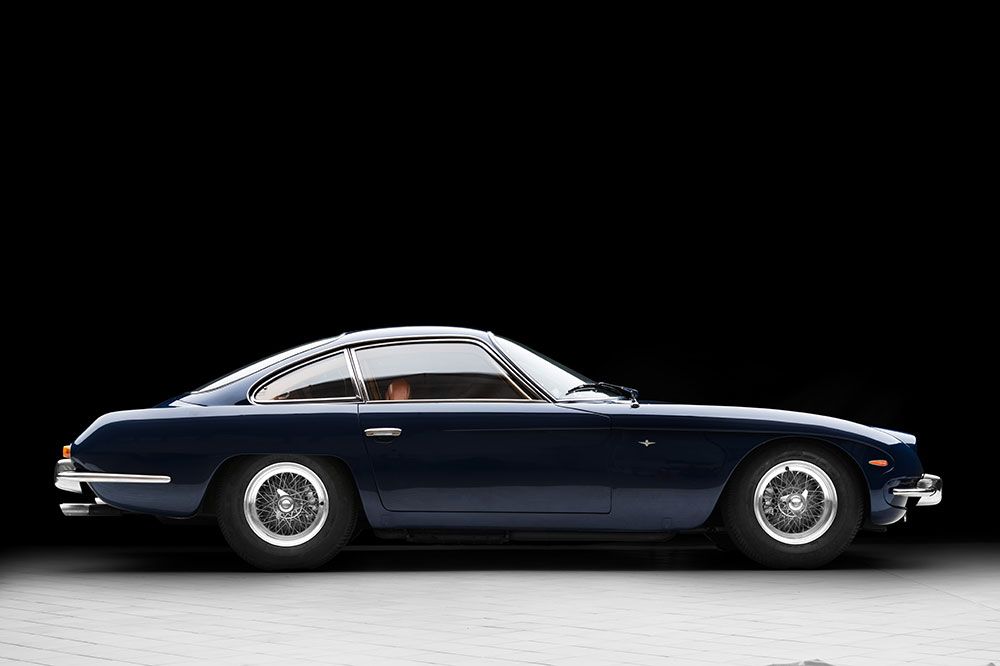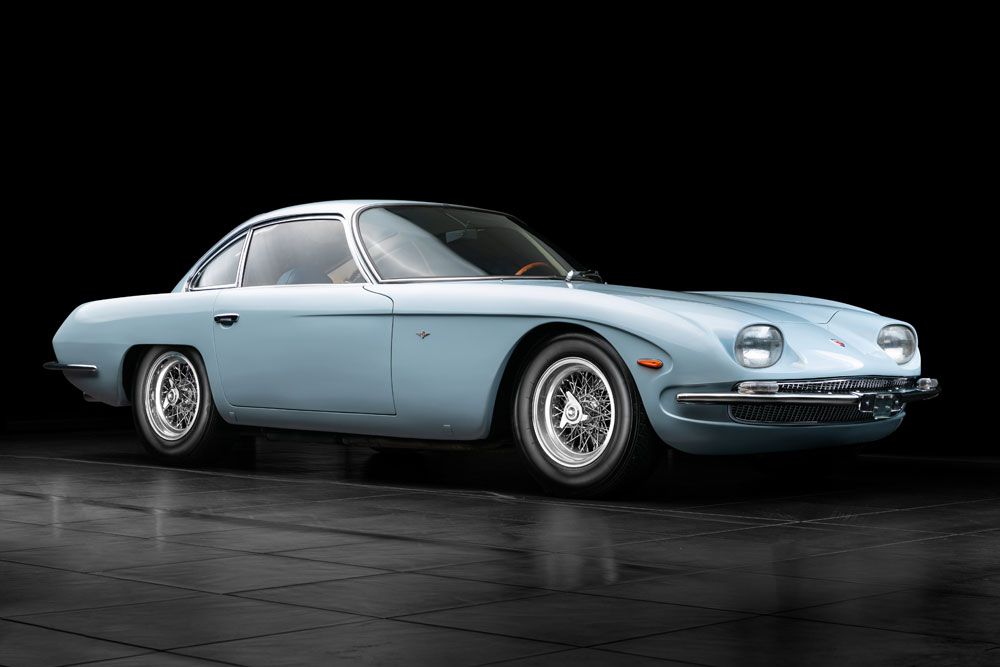We know Lamborghini today as a brand that takes conventional thought and throws it in the trash. The company basically makes cars that wouldn't look out of place within the imagination of a seven-year-old child.
You want a car that's ridiculously loud, bright orange, goes 200+ miles an hour, and has silly vents placed all over it? No worries, Lamborghini has your back! As a result of these factors, you may find it hard to believe that Lamborghini actually had a very humble beginning.
Originally, the company started as a tractor company that was headed by Ferruccio Lamborghini. When the owner became successful, he eventually purchased two Ferraris and almost immediately noticed that he did not like the clutch. Apparently, Ferruccio set up a meeting with Enzo Ferrari to discuss how this component could be changed to better accommodate Ferrari drivers.
As can be expected, Enzo Ferrari scoffed at the notion and famously said: "You are a tractor driver, you are a farmer. You shouldn't complain driving my cars because they're the best cars in the world".
These remarks would eventually drive the "tractor farmer" to create his own automotive company. Specifically, the company was going to try and create grand touring cars that could compete with Ferrari's. The first of these contenders (and the first Lamborghini) was the 350 GT.
Here's a look at the one that started them all; the Lamborghini 350 GT.
Technically, It Was Based Off Of A Predecessor That Never Was Sold To The Public
Before we get into the 350 GT, we need to acknowledge that it technically had a predecessor: The 350 GTV prototype. The development of the prototype was overseen by Lamborghini's chief engineer Gianpaolo Dallara. The GTV was designed to emulate the very chic and popular Jaguar E-Type and the Aston Martin DB4. Cool features included six exhaust pipes jutted from the back and hidden headlights in the front (an industry first).
Additionally, the GTV featured a 3.5 L V12 engine that the company claimed to have produced around 342 horsepower. This engine was mated to a 5-speed transmission and could supposedly travel up to speeds of 170 miles an hour. However, it should be noted that this speed was an estimate and was never officially documented by the manufacturer.
Unfortunately, a problem was discovered that prevented them from finishing the car. The issue in question was that fabricated body panels could not fit over the engine bay. Subsequently, the vehicle was never able to be driven because a variety of crucial parts were never fitted. After attending the Turin Auto Show, the plan for the GTV was scrapped and only served the purpose of being the inspiration for the 350 GT a year later.
It Was Pretty Quick For A Grand Tourer From the '60s
Since Ferruccio wanted his car to be a grand tourer, he believed that comfort should supersede all other factors. For this reason, the V12 in the GTV was de-tuned from 342 bhp to 270 bhp. Consequentially, the car's estimated top speed was dropped down to 158 mph (still considered very quick for the time period). Thankfully, however, the transmission and rear-wheel drive configuration stayed exactly the same as its predecessor.
Despite having a focus on comfort, the 350 GT was no boat. While it did feature Lamborghini's "street" chassis (which basically meant that the door openings were bigger, thus making it comfier), it did still retain a sporty setup.
This included a fully independent suspension, as well as attachments that increased resistance to torsion during acceleration. To complete the package, anti-roll were mounted to both the front and rear parts of the vehicle. Overall, the 350 GT was pretty light on its feet.
Manufacturing And Development
After the vehicle was designed and approved by Lamborghini, production was handed over to Neri and Bonacini for chassis fabrication. Upon completion, the framework components would then be sent to Touring of Milan. It was here that the body would be assembled and mated to the frame. After completing production, the vehicles would then be sent back to Lamborghini for distribution.
Initially, Ferruccio had the goal of producing ten cars a week. Unfortunately, this never came to fruition. A grand total of 25 cars would be delivered to customers in the entirety of 1964. By the time of its departure from the Lamborghini line-up in 1966, 120 units had been produced and sold. The model was ultimately discontinued in favor of the 400 GT.
From Humble Beginnings To An Unrivaled Legacy
While the 350 GT may seem humdrum compared to that of today's Lamborghinis, we must remember that it is the one that started it all. That means we can thank the 350 GT for eventually giving us the greatest hits like that of the Countach, Diablo, Murcielago, and the Aventador. Without this grand tourer, we may never have been able to watch these super machines thrash around a track on the ragged edge.





